For a long time, the appearance of the moon at night has aroused curiosity and passion for exploration in humans. However, the appearance of the moon in the middle of the day makes many people ask questions. Simply explained, the reason we see the moon during the day is the same as at night - because it reflects sunlight. In fact, after the sun, the moon is the brightest celestial body that can be observed from Earth.
However, we cannot always see the moon during the day. The reason lies in the structure of the Earth's atmosphere and the moon's orbit around the planet. If the Earth had no atmosphere, observing the moon would be easier. However, because the moon goes through phases - the times when it moves according to the law between the Earth and the sun - its bright part can be directed towards the Earth more or less, depending on the time, such as the full moon or the new moon.
The Earth’s atmosphere, which is mainly composed of nitrogen and oxygen, reflects short-wavelength light such as blue and violet. This phenomenon of light scattering—absorbing and scattering light in other directions—is what makes the sky blue. For the moon to be visible during the day, the light it reflects must overcome the strong scattered light from the sun.
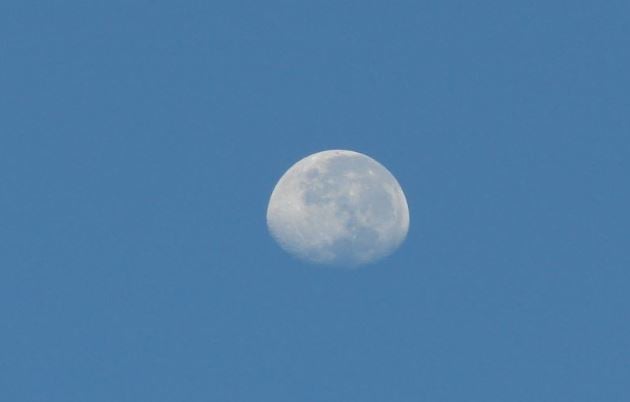
Illustration photo.
For about two to three days around the time of the new moon, we can usually see the moon during the day, because the sunlight is so strong. With an average distance of only 384,400 km from the earth, the light reflected from the moon becomes much more prominent than that of other luminous or reflective objects that are farther away, such as stars and planets.
Compared to the sun, stars shine a million billion times dimmer, and a million times dimmer than the moon. The scattered light from the sun is strong enough to overshadow the stars during the day, but usually does not overshadow the light reflected by the moon.
Astronomers use a measure called “surface brightness” to measure the apparent brightness of celestial objects such as galaxies and nebulae, based on the amount of light emitted in a given area of the sky when viewed from Earth. Because of its proximity to Earth, the moon has a higher surface brightness relative to the brightness of the sky, so we can sometimes see it clearly during the day.
However, the ability to observe the moon during the day depends on many different factors, such as the season of the year, the moon phase, or the transparency of the sky.
In fact, the moon is in the daytime sky about 25 days a month. The other five days fall on the new moon and full moon. Near the full moon, the moon is only visible at night, because it rises at dusk and sets at dawn. The only day the moon is not in the sky with the sun is on the full moon. Then, the moon rises at sunset and vice versa.
The moon spends about 12 hours above the horizon each day, but this does not always coincide with daylight. In winter, especially at mid-latitudes, daylight hours are shorter, so the moon is less visible.
The best times to observe the moon during the day are a week after the new moon and a week after the full moon. During the first phase, in the afternoon, the moon will usually rise from the east. During the second phase, in the morning, the moon will gradually set in the west. These are the two longest periods of the month when the moon and sun appear together in the sky, each lasting about 5-6 days.
Another interesting phenomenon that makes observing the moon easier is earthshine. During a crescent moon, when the moon is near the sun’s position in the sky, you can see the dark side of the moon thanks to light reflected from the earth – a phenomenon called “earthshine”. The ideal time to observe this phenomenon is about 3-4 days after the new moon.
Source: https://doanhnghiepvn.vn/cong-nghe/giai-ma-nguyen-nhan-doi-khi-mat-trang-xuat-hien-tren-bau-troi-ban-ngay/20250507081838908


![[Photo] Prime Minister Pham Minh Chinh inspects and directs the work of overcoming the consequences of floods after the storm in Thai Nguyen](https://vphoto.vietnam.vn/thumb/1200x675/vietnam/resource/IMAGE/2025/10/08/1759930075451_dsc-9441-jpg.webp)
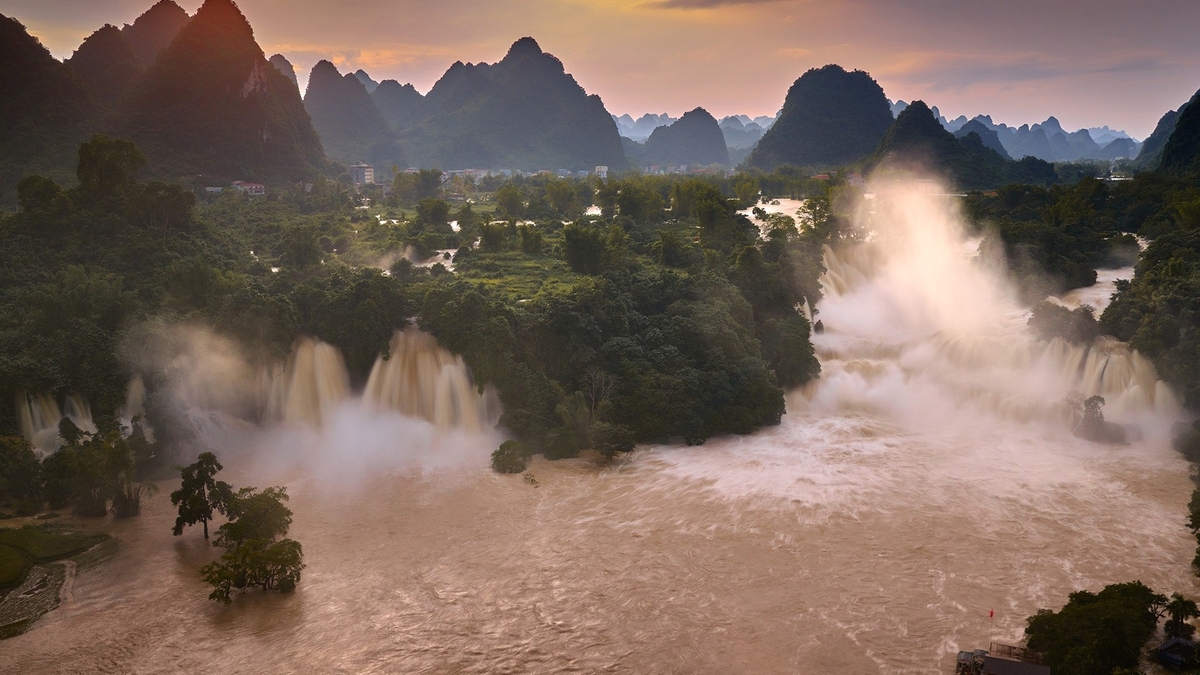

![[Photo] Prime Minister Pham Minh Chinh attends the World Congress of the International Federation of Freight Forwarders and Transport Associations - FIATA](https://vphoto.vietnam.vn/thumb/1200x675/vietnam/resource/IMAGE/2025/10/08/1759936077106_dsc-0434-jpg.webp)








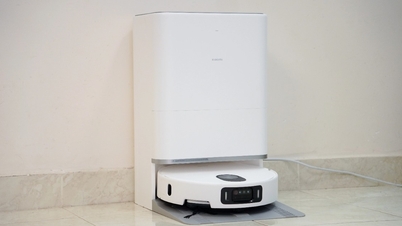


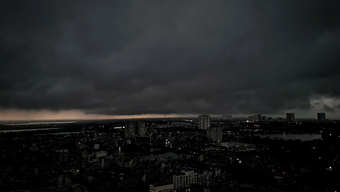


















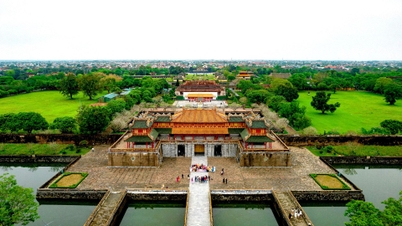



























































Comment (0)